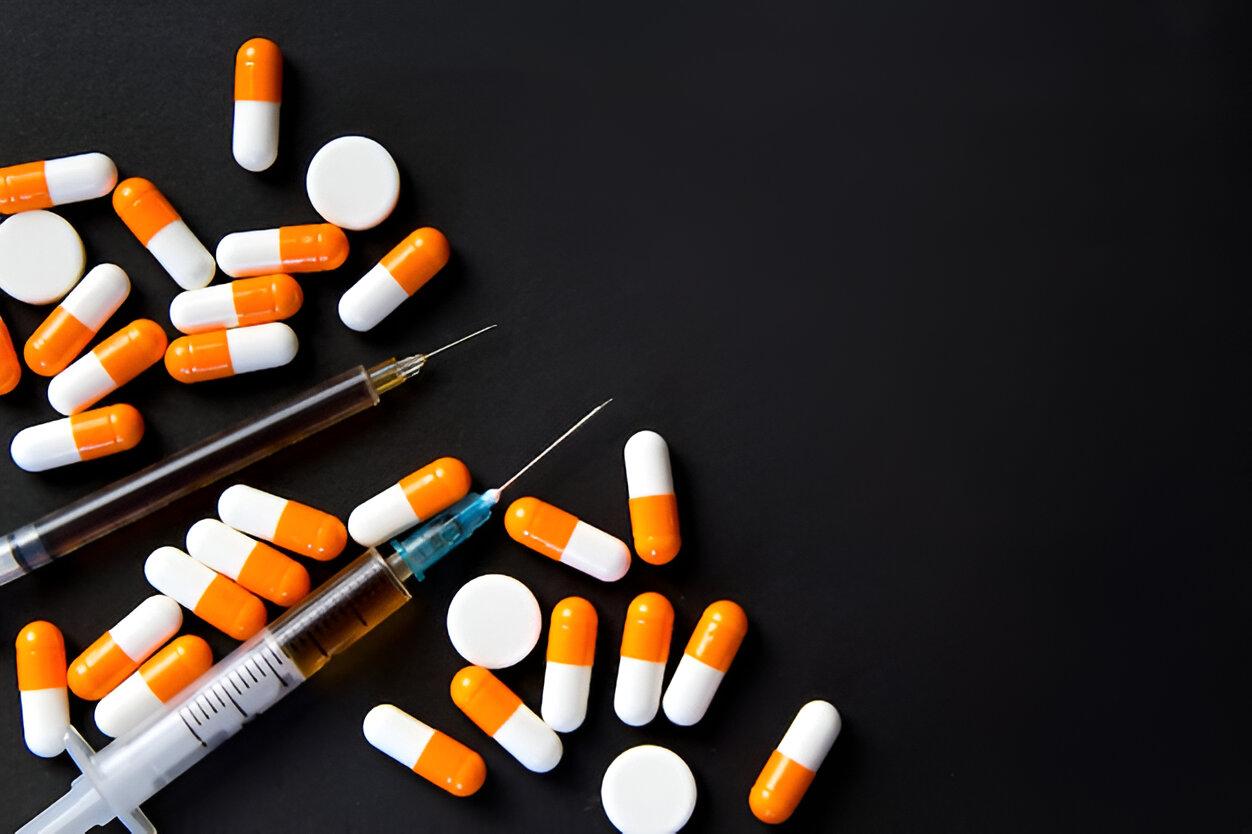Modern medicine has witnessed few interventions as transformative as the HPV vaccine in preventing gynecological cancers. This revolutionary immunization strategy has fundamentally altered the trajectory of cervical cancer epidemiology, offering unprecedented protection against one of the most common malignancies affecting women worldwide.
Scientific Foundation of HPV Protection
The mechanism of HPV vaccine represents a triumph of molecular biology and immunology. The vaccine employs sophisticated biotechnology to create empty protein shells that mirror the outer surface of HPV virions without containing any viral DNA or RNA.
These meticulously engineered virus-like particles trigger robust immune activation through pattern recognition receptors on antigen-presenting cells. Dendritic cells process and present these foreign proteins to naive T-helper cells, initiating a cascade of immune responses that culminate in the production of high-affinity neutralizing antibodies.
The immunological memory established through this process ensures that upon subsequent HPV exposure, pre-existing antibodies can bind to and neutralize viral particles before they attach to cervical epithelial cells. This prophylactic approach prevents the initial infection that would otherwise lead to persistent HPV carriage and potential malignant transformation.
Current vaccine formulations protect against up to nine HPV genotypes, including high-risk types 16, 18, 31, 33, 45, 52, and 58, which collectively cause approximately 90% of cervical cancers globally.
Transformative Epidemiological Outcomes
Population-based studies documenting HPV vaccine cervical cancer prevention have yielded remarkable results that exceeded initial projections. Countries implementing comprehensive vaccination programs report substantial declines in age-standardized cervical cancer incidence rates among target populations.
Finland's national cancer registry data demonstrates an 85% reduction in cervical cancer among women vaccinated before age 17, while similar patterns emerge across Scandinavian countries with high vaccination coverage. These real-world outcomes validate the efficacy demonstrated in controlled clinical trials and provide compelling evidence for population-level benefits.
The widespread usage of HPV vaccine has also dramatically reduced the burden of high-grade cervical lesions requiring surgical intervention. Cervical excision procedures, which can compromise fertility and increase pregnancy complications, have decreased by up to 70% in some regions following vaccine implementation.
Additionally, vaccination programs have contributed to reduced healthcare utilization for cervical cancer screening abnormalities, decreased colposcopy referrals, and fewer invasive diagnostic procedures, translating to substantial cost savings for healthcare systems worldwide.
Comprehensive Safety Assessment
Rigorous pharmacovigilance systems monitoring HPV vaccine side effects female recipients have accumulated extensive safety data spanning over two decades. This comprehensive surveillance encompasses millions of vaccine doses administered across diverse populations and age groups.
The most frequently reported adverse events remain localized injection site reactions, including pain, swelling, and erythema, which occur in approximately 75% of recipients. These reactions typically resolve within 48 hours and do not interfere with subsequent vaccine doses in multi-dose series.
Constitutional symptoms such as fever, headache, and fatigue occur in fewer than 15% of vaccinated individuals and are generally mild and transient. Syncope, primarily attributed to anxiety surrounding injection procedures, occurs rarely and can be prevented through appropriate pre-vaccination counseling and post-vaccination observation protocols.
Extensive epidemiological investigations have consistently failed to identify any causal associations between HPV vaccination and serious adverse events, including autoimmune conditions, neurological disorders, or reproductive health problems. The vaccine's safety profile remains exemplary among modern immunizations.
Enduring Protection and Global Impact
Research investigating HPV long-term effects and vaccine durability continues to demonstrate sustained immunological protection extending well beyond initial clinical trial periods. Longitudinal studies tracking vaccinated cohorts for over a decade reveal stable antibody titers without evidence of immune waning.
The durability of vaccine-induced immunity appears to surpass that of natural HPV infection, which often fails to generate lasting protective responses. This superior immunological profile suggests that vaccinated individuals may not require booster immunizations throughout their lifetimes.
Economic analyses project that widespread HPV vaccination will generate substantial long-term healthcare savings through reduced cancer treatment costs, decreased screening program expenses, and prevention of productivity losses associated with premature mortality. The widespread usage of HPV vaccine represents one of the most cost-effective cancer prevention strategies in modern medicine.
As vaccination programs mature and achieve higher population coverage, mathematical models predict the eventual elimination of vaccine-preventable HPV types from human populations, potentially making cervical cancer a rare disease within the next several decades. This ambitious goal represents a paradigm shift from cancer treatment to cancer prevention, offering hope for future generations of women worldwide.
Latest Reports:-
Retinopathy Of Prematurity Market | Richter Syndrome Market | Ringworm Market | Rosacea Market | Rotator Cuff Injuries Market | Shingles Market | Short Bowel Syndrome Drug Market | Short Bowel Syndrome Market | Shoulder Replacement Devices Market | Sickle Cell Disease Market | Sinusitis Market | Sjogren’s Syndrome Market | Skin Grafting Devices Market | Skin Neoplasm Market | Nicotine Addiction Market | Smoking Cessation Market | Spinal Cord Injury Market | Spinal Cord Stimulators Market | Spinal Decompression/traction Devices Market | Spinal Implants Market | Spinal Non-fusion Devices Market | Spinal Trauma Devices Market | Orthobiologics Market | Spondylolisthesis Market | Sporadic Inclusion Body Myositis Sibm Market | Staphylococcus Aureus Infection Market

